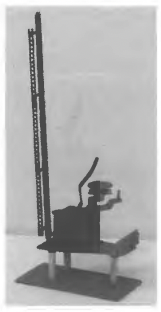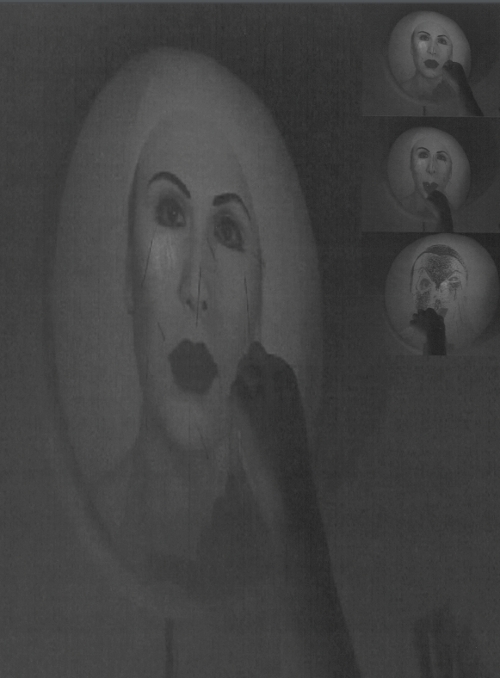
Robert Klippel, Australia's greatest sculptor, died on 19th June aged 81. It was not until he was twenty four that he turned his mind to sculpture. Until then he had not the slightest interest in art, so he had everything to learn and no preconceptions to overcome; in James Gleeson's words
"..Klippel's art is the story of one who accepted nothing, who questioned every premise, every finding. It is the story of one who insisted on finding out for himself."
Finding out for himself. Herein lies the secret of Klippel's greatness. Very early on he became convinced that art, or his art, should investigate the inner workings of nature. He set out to discover, to uncover, the essence of these 'inner workings'. This was not easy. We must bear in mind that his convictions necessitated investigations on a very wide front. He believed, sculpturally speaking, that the inner workings of nature were inherent in a multitude of forms, in a myriad of diversity which are nature's building blocks. So he set out to accumulate, with undeviating intensity, a vast vocabulary of forms. He studied forms in art, forms basic to industry (common metal extrusions etc) but, most importantly, forms basic to nature from microscopic organisms to the endless variety of life around him. No other sculptor that ever lived would have invested his subconscious with such a prodigious vocabulary. It is interesting that Shakespeare, whose vocabulary far out-reached other poets, should, like Klippel, have died on his birthday. One cannot read Shakespeare without feeling that words flowed from his pen as if of their own accord, amazing even Shakespeare himself. By the 1980s Klippel was experiencing a similar uncanny facility - the necessary piece for a sculpture seemed, almost of its own accord, to come into his hands. In both cases, knowing what is to be expressed and having an unequalled vocabulary with which to express it, led to a flow of works of unstudied rapture. In the 39 years to 1982, Klippel made 424 sculptures; in the following nineteen years he produced well over 600 sculptures, many of which were of massive size. At the same time he completed numerous works on paper that are remarkable in their own right.
We think of him as great in a world context, but, the true measure of one's achievements is personal to oneself and relative to one's aims. Klippel aspired to make sculpture which was not reminiscent of any other sculptor's work and which did not repeat what he himself had already done. His life was marked by unique bodies of work, unique within world sculpture and unique within his oeuvre. The exhibition at Watters in May/June this year, during which he died, brought to light another unique body of work including one of the most powerful sculptures in his entire output. He died with his creative genius still in high gear though his body was fading. By his own measure he had been true to his aims to the last days of his life. An achievement of which we will become more in awe as year succeeds year. Klippel will live on in his art.












